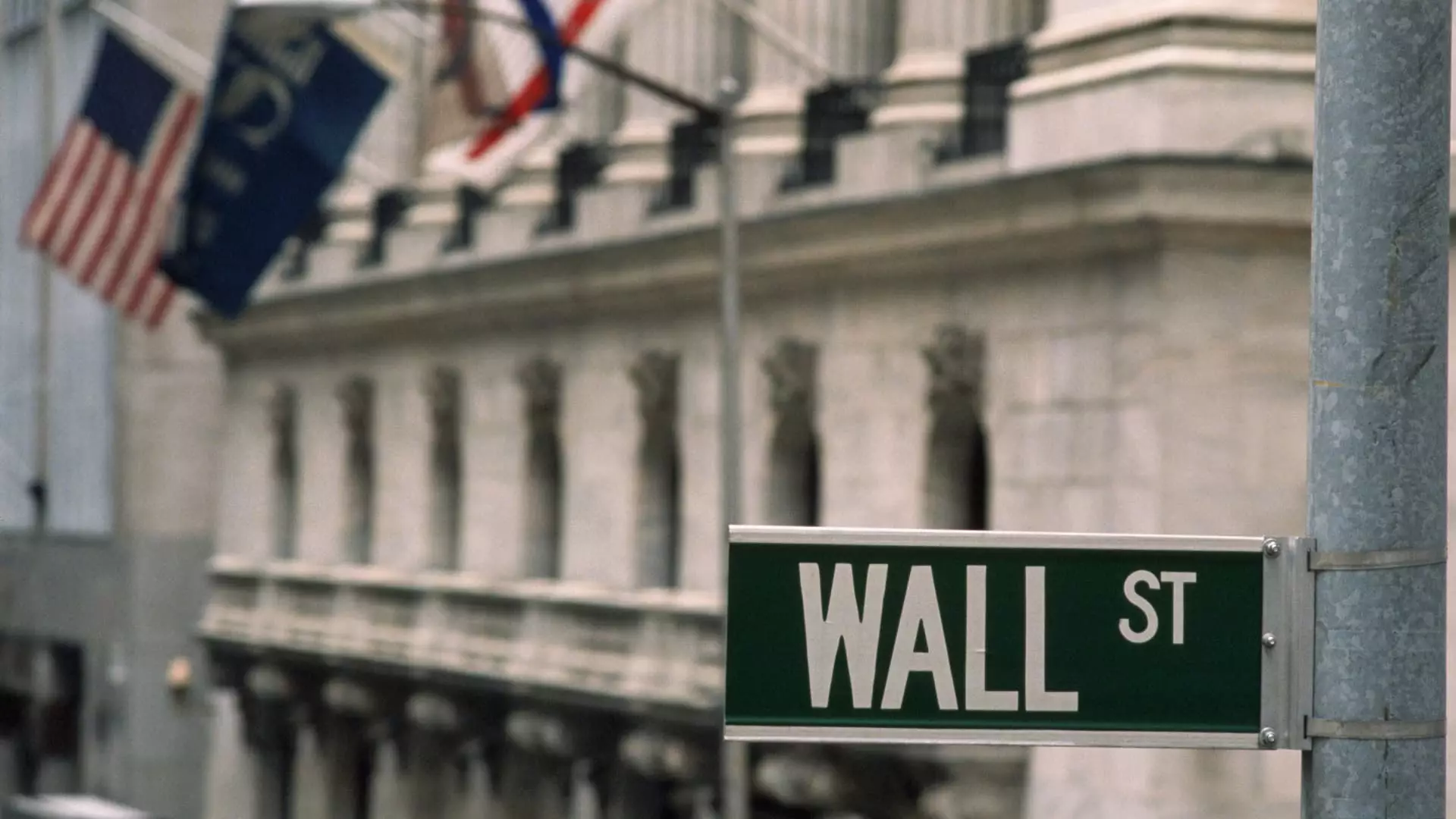As 2025 unfolds, the initial public offering (IPO) scene has seen a modest uptick, with more than a dozen companies venturing into the public market. However, despite these launches, the overall market reaction has been lukewarm, reflecting a cautious investor sentiment. This initial reticence may be rooted in various economic and market conditions that have made investors wary of new public entries. Nasdaq president Nelson Griggs emphasized the cyclical nature of the IPO market, indicating that these fluctuations between private and public investment can often affect initial trading performance.
While the first half of the year may not have harnessed explosive growth, Griggs maintains a hopeful perspective for the latter part of 2025. Speaking on CNBC’s “ETF Edge,” he suggested that the latter half of the year could ignite more substantial activity, as the market gradually adjusts to the economic climate. His analogy of the IPO market as a pendulum aptly captures the essence of investor behavior: after a long phase of limited public investment, a surge in IPOs can be anticipated as companies look toward public markets for new capital.
Nevertheless, the journey to going public is fraught with challenges, as evidenced by companies like Panera Brands. Their prolonged attempts to launch an IPO are marred by various hurdles, which reflect broader uncertainties in the IPO landscape. Similarly, Twin Peaks, a recent entrant into the market, serves a dual purpose: it is a spinoff from Fat Brands tailored to alleviate corporate debt issues, illustrating the complex motivations driving recent IPOs.
Furthermore, the allure of the private market has not diminished, particularly for innovative firms, including AI entities like OpenAI. These companies have accessed significant capital without the necessity of going public, thanks to advancements in private funding mechanisms. Griggs highlighted this trend, noting how firms now enjoy increased liquidity options in the private sector, which can often mitigate the urgency to pursue an IPO.
Despite these shifting dynamics, Griggs cautions against underestimating the traditional benefits of public markets. He posited that while private investment offers flexibility, those seeking sustained and deeper liquidity inevitably gravitate toward public listings. As the economic landscape continues to evolve, the incentive for companies to enter the public arena appears to be slowly regaining momentum. Griggs’ observations regarding market shifts suggest a growing awareness among investors and entrepreneurs of the long-term benefits of public investment.
While the IPO market start to 2025 may not have lived up to its potential, the seeds for a possible revival are sown. With a mix of innovation in private funding and the inherent advantages of public markets, the remainder of the year promises a complex yet potentially rewarding journey for new public offerings. Investors and companies alike must remain adaptable, ready to navigate the ebb and flow of the market in search of growth opportunities.

